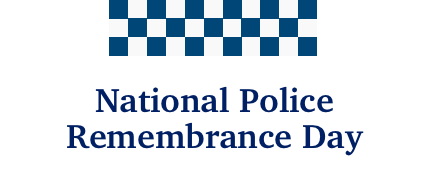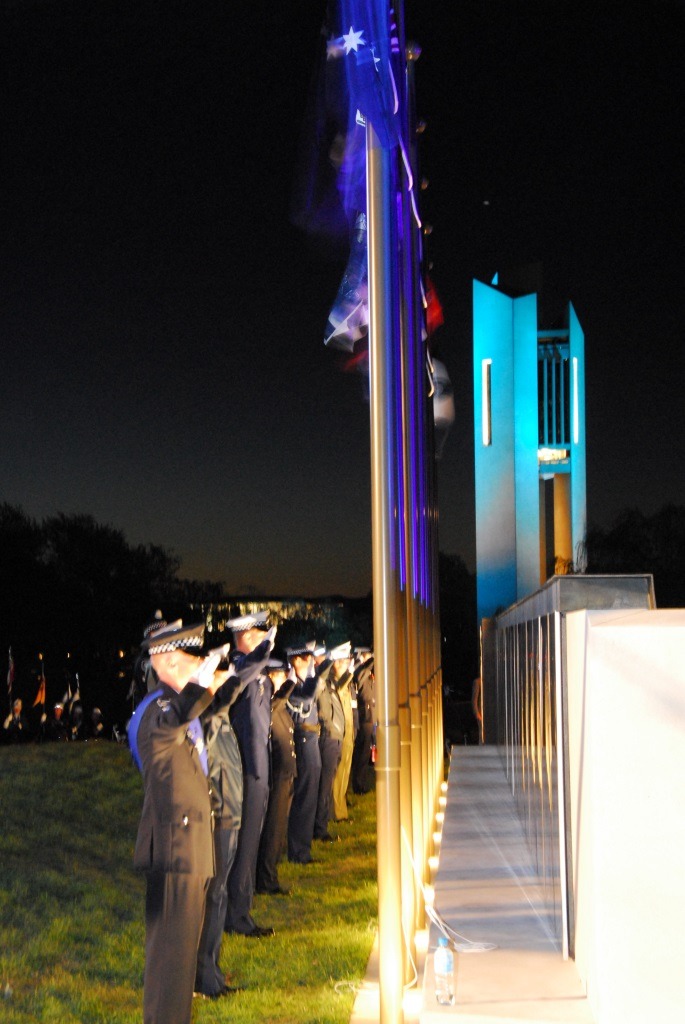On this day
Constable
George REX
YEAR OF DEATH
17 October 1827
JURISDICTION
Tasmania
DETAILS OF DEATH
George Rex, a former convict was sent to Van Diemen’s Land after being court marshalled for desertion from the British army; he left England in June 1821 on a convict ship, The Malabar. In 1827, Constable Goerge Rex stationed on the remote penal settlement on Sarah Island commenced his role as a constable. In October that year convicts seized Constable Rex and later murdered him by deliberately drowning him. Brand succinctly describes the murder of Constable Rex, “on the night of 16/17th October 1827, nine convicts planned an escape from Sarah Isalnd. They tied up two Constables, two Hutkeepers and two Cooks….they stripped the rooms for timber to build a raft. The raft was not large enough to carry them so they came ashore, tied and gagged Constable George Rex and forced his head under the water until he drowned.” This description concurs with the newspaper reports in the Hobart Town Courier 22nd December 1827 and the Colonial Advocate 1 March 1828. The nine convicts involved in the murder were captured. The three convicts responsible for Constable Rex’s death were Samuel Measures, James Kirk and James Reed; all three were executed on the 17th December 1827. Byard and Maxwell-Stewart, writing in the academic journal Forensic Science, expose the motives of George Lacey one of the nine convicted and later executed. Lacey publicly announced his motives with this statement. “…we would rather go to Hobart Town and be hanged than stop here and work in irons.” Laceys statement illustrates the challenging conditions Constable Rex worked in and also demonstrates the hazards of general duties policing in a penal settlement in 1827.





